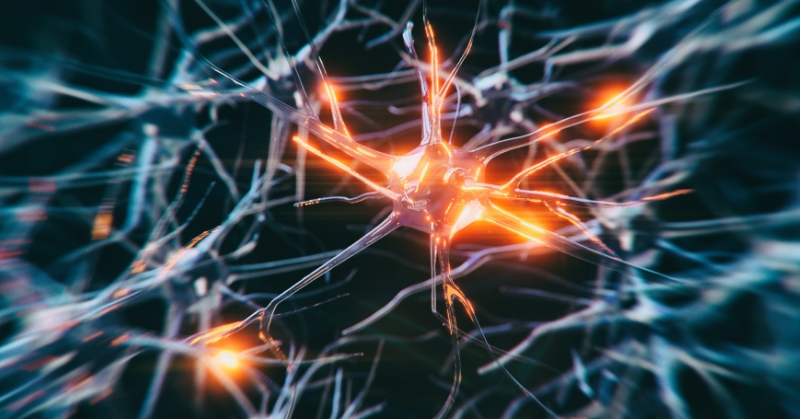
Researchers funded in part by the National Institutes of Health have identified a second brain receptor abnormality in tissue from sudden infant death syndrome (SIDS) cases. Like the abnormality the group identified previously, the receptor binds to serotonin, a chemical that conveys messages between neurons. Although serotonin is involved in diverse functions such as mood, sleep, digestion, and wound healing, the abnormality the researchers identified is found in the medulla, or brain stem, a region involved in waking up, arousal, and breathing.
The study authors believe the abnormalities underlie a vulnerability in the infant brain and may be responsible for an inability to wake up and take a breath under low oxygen conditions, such as when an infant’s mouth and nose are entrapped by bedding materials while sleeping face down.
The findings may one day contribute to the development of a test to identify infants most at risk for SIDS, as well as ways to prevent SIDS from occurring.
The study was conducted by Robin Haynes, Ph.D., and Hannah Kinney, M.D., of Boston Children’s Hospital, and colleagues. It appears in the Journal of Neuropathology and Experimental Neurology. NIH funding was provided by the Eunice Kennedy Shriver National Institute of Child Health and Human Development.
Background
SIDS is the sudden, unexpected death of an apparently healthy infant less than 1-year-old that remains unexplained after a case investigation, including autopsy, death scene examination, and medical history review, the authors noted. It is the leading cause of death after the newborn period, accounting for .39 deaths for every 1000 live births. Death is associated with a sleep period.
In previous studies, the authors found lower serotonin levels in the brains of infants who died of SIDS. They also found reduced quantities of serotonin receptor 1A in previous studies of medulla (brain stem) tissue from SIDS cases, an area that controls heart and lung function during sleep. Other studies of lab animals suggest another type of receptor in the brain stem, serotonin receptor 2A/C, also is involved in heart and lung function during sleep, including awakening and taking deep breaths in response to high carbon dioxide and low oxygen levels.
For the current study, researchers analyzed brain stems of 70 infants who died between 2004 and 2011, comparing them to tissue from 12 infants who died of other causes.
Results
The researchers found significant alterations in serotonin 2A/C receptors of the SIDS cases in 7 out of 10 brain areas. According to the authors, the findings suggest that a biological abnormality may predispose certain infants to die under certain circumstances. The authors hypothesize that in such cases, SIDS deaths are more likely to occur when three elements converge: a critical period (an early period in the development of the brain activity governing heart and lung function), an external stress (such as sleeping face down), and an underlying vulnerability (an abnormality in the brain region controlling breathing and waking during sleep).
Significance
The authors believe that low overall serotonin levels may combine with abnormalities in serotonin 1A and in receptor 2A/C to increase SIDS risk.
“Currently, we have no means to identify infants with biological abnormalities in the serotonergic system,” Dr. Haynes said. “Thus, adherence to safe-sleep practices remains critical.”
The NICHD-led Safe to Sleep® campaign offers information on providing infants with a safe sleep environment and other ways to reduce the risk of SIDS at https://safetosleep.nichd.nih.gov.
Reference
Haynes, RL, et al. Altered 5-HT2A/C receptor binding in the medulla oblongata in the sudden infant death syndrome (SIDS): Part I. Tissue-based evidence for serotonin receptor signaling abnormalities in cardiorespiratory- and arousal-related circuits. Journal of Neuropathology & Experimental Neurology. 2023.

 BACK TO TOP
BACK TO TOP